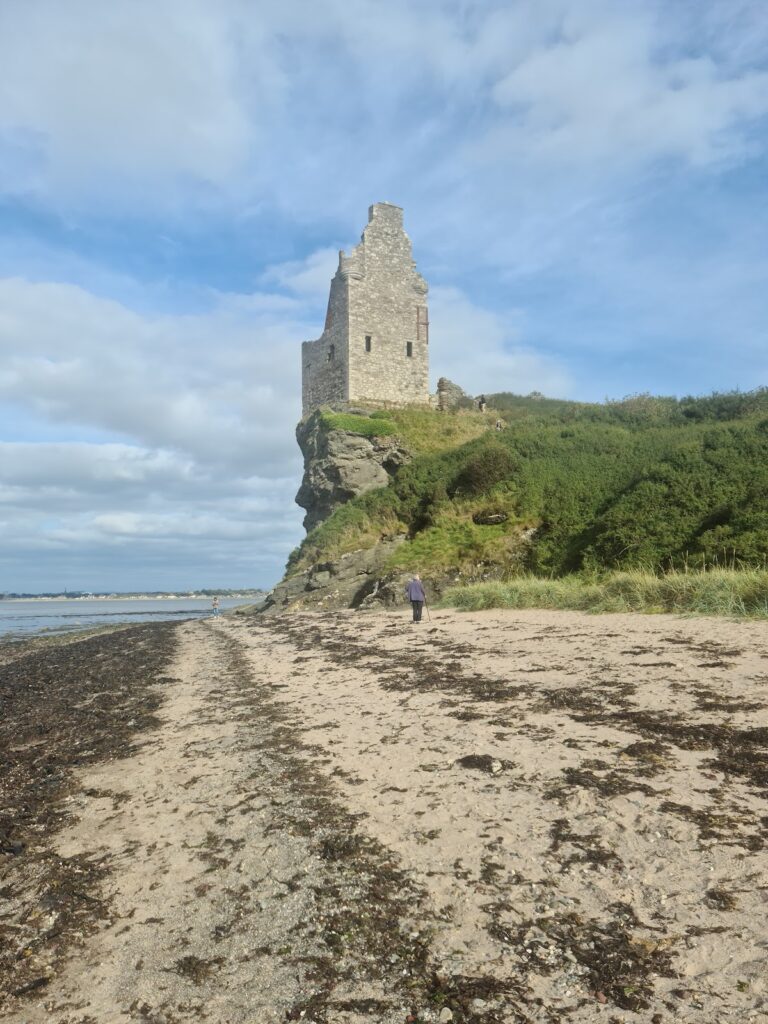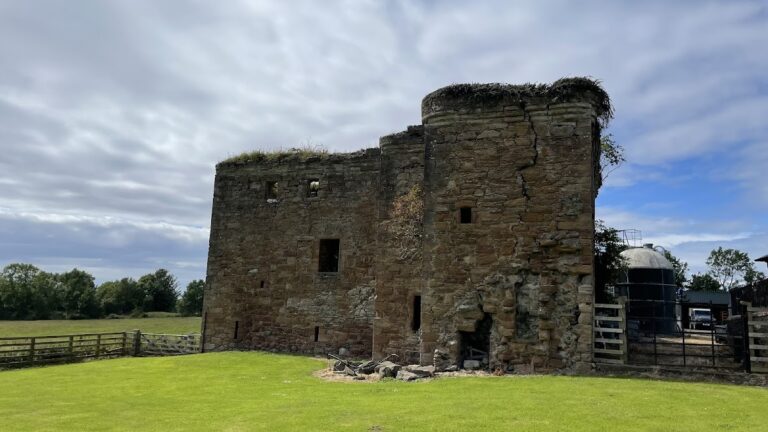Greenan Castle: A Historic Scottish Fortress Near Ayr
Visitor Information
Google Rating: 4.5
Popularity: Low
Google Maps: View on Google Maps
Country: United Kingdom
Civilization: Unclassified
Remains: Military
History
Greenan Castle is situated near Ayr in Scotland and was constructed by Scottish inhabitants during the 16th century. Its origins, however, reach back much further, as the site initially served as a defensive promontory fort, later adapted into a motte-and-bailey fortress in the 12th century.
The earliest recorded owner was Roger de Scalebroc in 1190, during the motte-and-bailey phase. This medieval fortification included earthwork defenses designed to protect the area from external threats. In the 15th century, the castle was associated with the Lords of the Isles, a powerful Scottish clan. At this time, the Davidson family also held possession of the site. Control shifted following the forfeiture of the lands by John, Earl of Ross and Lord of the Isles, in 1476 due to charges of treason against King James III. Subsequently, King James IV granted the property in 1493 to William Douglas, reflecting shifting royal alliances and consolidations of power.
By the late 16th century, the Kennedy family took ownership of Greenan Castle, with records confirming the transfer in 1588. A significant historical event took place in 1602 in the castle’s courtyard when Sir Thomas Kennedy of Culzean was ambushed and murdered. This incident later inspired Sir Walter Scott to write the play “An Ayrshire Tragedy,” embedding Greenan Castle in Scotland’s cultural memory. The presence of an inscription dated 1603, bearing the initials of John Kennedy of Baltersan and his wife Florence MacDowell, marks this period of Kennedy stewardship and their control over land and fishing rights in the area.
Ownership remained within branches of the Kennedy family until 1766, when Thomas Kennedy, Earl of Cassillis, acquired Greenan Castle. After this acquisition, the castle ceased to function as a residence and gradually fell into ruin. By the early 20th century, the structure was described as a large house with some incomplete construction. Officially recognized for its historical significance, Greenan Castle has been protected as a category B listed building since 1971.
Remains
Greenan Castle stands on a cliff overlooking the sea, occupying the same site as an earlier promontory fortification characterized by substantial earthworks. This defensive system included four concentric curved ditches surrounding the headland, each approximately three meters wide. Originally, the enclosed area covered nearly one acre, providing a fortified position with a single access causeway connecting the promontory to the mainland.
The surviving tower house measures around 10 by 8 meters and rises to four floors. Constructed in the 16th century, this stone building served as the main residential and defensive structure on the site. Noteworthy is the entrance lintel, bearing an inscription carved in 1603 that reads “JK 1603 FMD,” indicating John Kennedy of Baltersan and his third wife Florence MacDowell, who at that time controlled the estate and local fishing rights.
Surrounding the tower are the remains of a walled courtyard along with associated outbuildings believed to have functioned as stables and the kitchen block, as the tower itself lacks an internal kitchen area. These ancillary structures reflect the castle’s role as a small but functional estate complex, supporting daily operations nearby the main tower.
Today, the castle remains as a ruin, with visible stone fragments of the tower and adjoining buildings still standing amidst the rugged coastal landscape. The combination of medieval earthworks and later stone construction provides a layered glimpse into the site’s long history of occupation and fortification.










